There are many methods cultivators can employ to protect their crops, and for marijuana growers it’s no different. And for every problem, there are many different solutions for growers to choose from. That also holds true when it comes to pest control. Aphids, spider mites, gnats and more are just looking for healthy cannabis plants to destroy for their own good, and it’s up to the grower to determine how to get rid of them.
For many the choice simply comes down to synthetic or organic, and most would agree that organic options are usually the best. But when it comes to controlling pests in a grow space, there’s one type of organic plant care that might be better than all of them. That’s introducing beneficial bugs into the garden that will not only organically, but also naturally, control the pest population.
Why are insects being used instead of pesticides?
The method of using beneficial bugs in the grow space is really just the act of letting nature be nature. There are no pesticides or chemicals used. Instead, insects are introduced that will be beneficial to the garden and the plants within it. These beneficial insects will prey on the unwanted pests, without actually causing harm to the marijuana plant itself.
While undergoing its natural life cycle, the beneficial bugs will also provide compost for the plant’s soil, and that soil will in turn provide them the moisture, food and life they need. This is why many growers experienced with this method the term organic pest control one step further and call this particular method biological pest control.
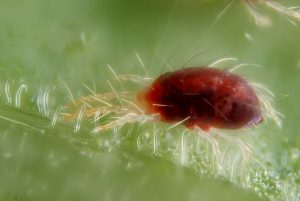
Pesticides, whether synthetic or organic, can also leave a residue behind on the plant, even when proper flushing is done. This residue can then remain on the product during the drying and curing process, and could even damage the bud in the end. Using beneficial bugs in place of any pesticide eliminates this problem.
In addition to being good for the plants and insects that thrive in the garden space, using beneficial bugs instead of pesticides is also good the environment. Each year, an immense amount of chemical runoff is put into the oceans and waterways of the world. That runoff, even with organic pest control pesticides, can create algae blooms, which chokes off the wildlife that relies on those areas for food and shelter.
Pesticides, even those claiming to be organic, can ultimately be harmful to the environment. Introducing beneficial bugs doesn’t just protect the environment they’re placed in, it protects the global environment.
What bugs are good bugs?
So once it’s known that bugs can be beneficial in pest control, the question then becomes of course – which bugs? The following list provides plenty of options for those interested in introducing beneficial insects for the ultimate in organic pest control.
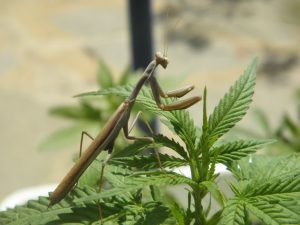
- Ladybugs are carnivores and will eat just about any insect that has a soft body. They do however, have a particular taste for aphids. As larvae they can eat up to 400 aphids and when they are fully grown, they’ll eat as many as 5,000 every year. These perform best when released in the dark.
- Pirate bugs. These winged predators attack and feast on their prey in a most vicious way; and they’ll eat just about anything they come across including thripes, aphids, and whitely pupae. Like ladybugs, it’s best to introduce these to the garden when it’s dark.
- Praying mantis. Praying mantises are fun to look at in the garden during any phase of their life. But in addition to providing entertainment value, they’ll also eat anything they can kill.
- Green lacewings. These highly effective carnivores also aren’t picky about what they eat; if they can grab it between their pincers, they will most likely eat it. They like aphids in particular, and larvae will consume up to 200 aphids a week and will walk as far as 100 feet for their meal.
- Spider mite predators. Their benefit is right there in the name – these beneficial bugs love to eat spider mites. They breed twice as fast as their prey, meaning there are twice as more of them in any one garden. As larvae they’ll consume 5 to 20 mites per day and by the time they’re adults that number will increase to as many as 40.
- Whitefly parasites. These bugs love whiteflies and have attacked them even before they’ve been born.
In addition to the pests mentioned above that are most sought after by beneficial bugs, the majority of them also enjoy flies and mealybug.
The amount of beneficial bugs that are used, and the combination of insects, will depend on the grower’s preference, what they have available to them, and what kind of destructive pest they’re trying to eradicate.
Things to Keep in Mind
Many growers start to introduce beneficial bugs and wonder why, after a short time, the beneficial bugs have died or have been ineffective. One reason for this is that pesticides, while not being used on the crop, are still being used on the surrounding lawn or other green spaces.
If beneficial bugs are going to be introduced to a space, it simply doesn’t make sense to have substances that will kill them nearby. Those pesticides can travel great distances, and most bugs will likely travel to those other greenspaces while serving the garden. This is why it’s so important that organic spaces are left as completely organic space, with every single square inch being organic.
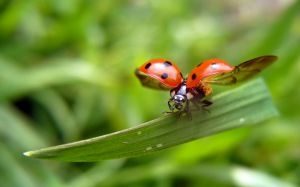
This doesn’t just include pesticides, although they are arguably the most important to eliminate when using beneficial bugs, but also fertilisers, nutrients, and other substances that may be introduced to the garden space.
When introduced and maintained properly beneficial bugs, just like any other equipment or parts used in the garden, can be a huge boon to a marijuana grower’s crop. And even more important to the bigger picture, they’re part of organic plant care that is better for our planet.

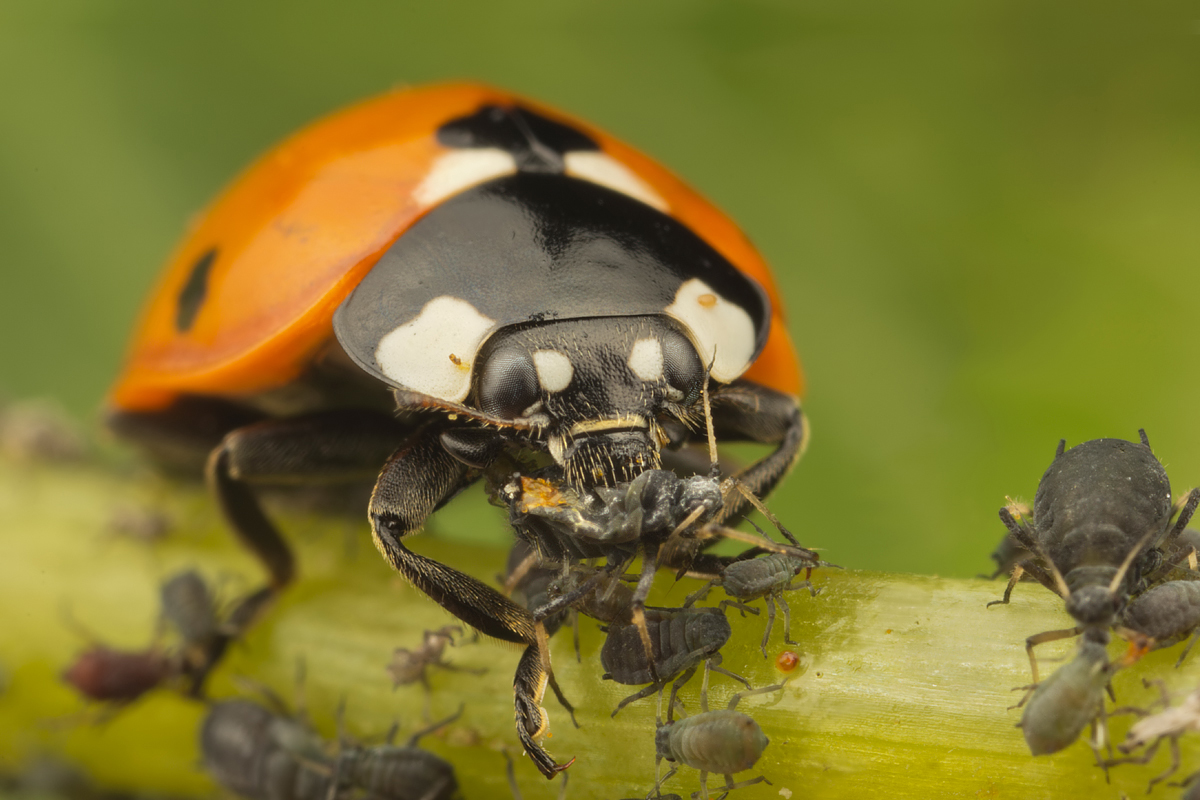

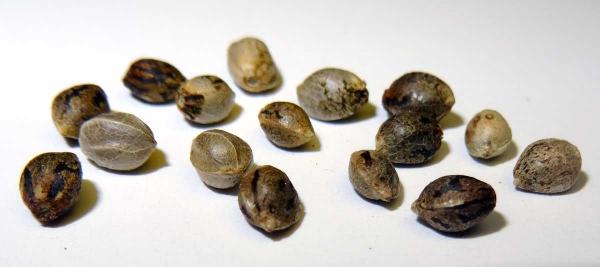

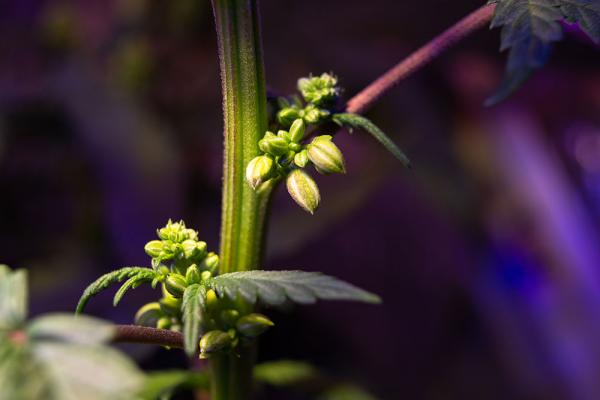





2 Comments